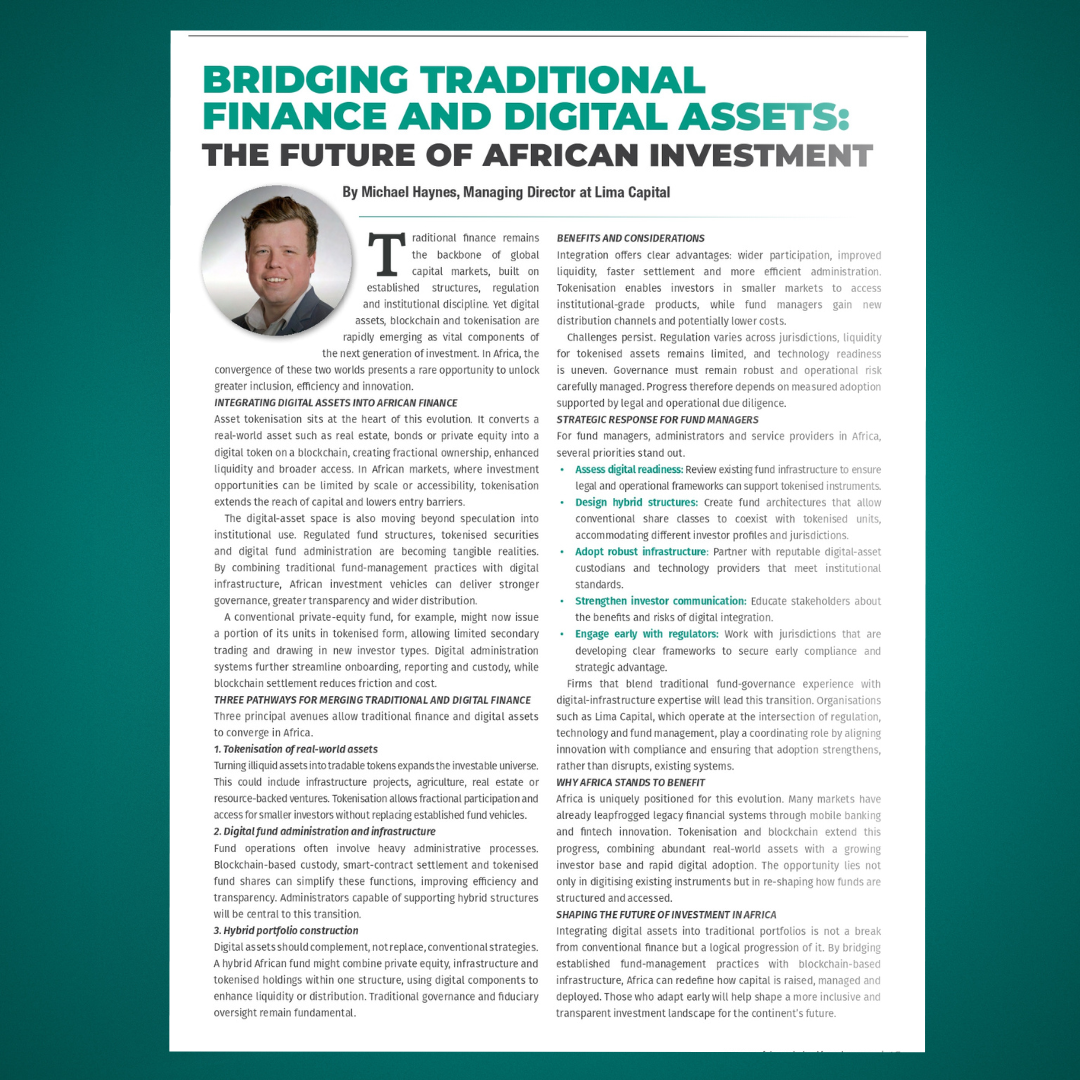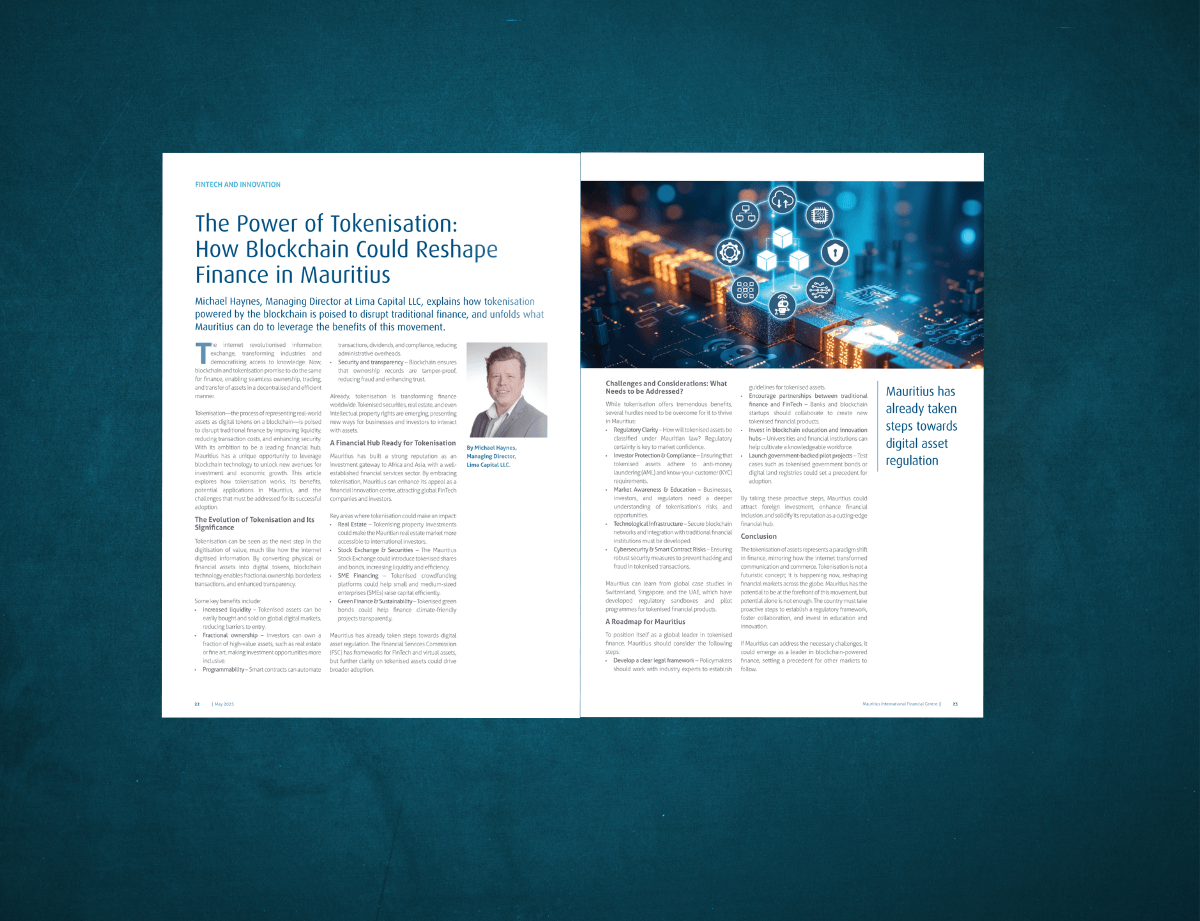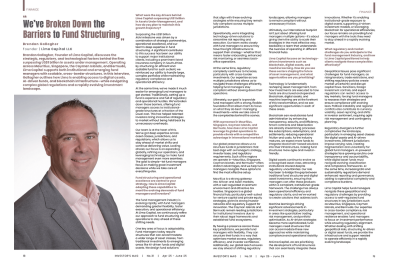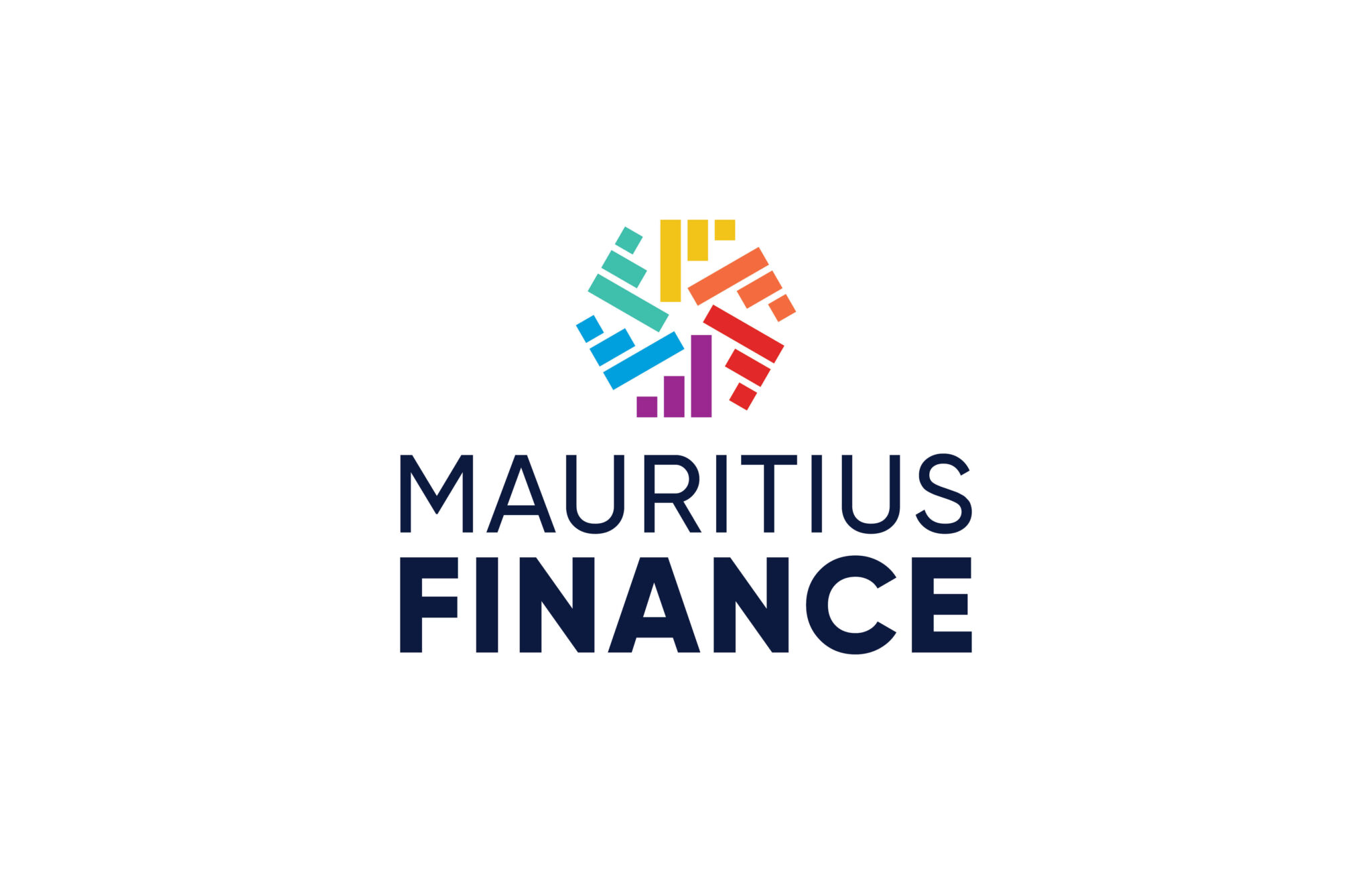In today’s rapidly evolving economic landscape, characterized by volatility and uncertainty, fund managers face mounting pressure to optimise their operations and enhance efficiency. As global markets become increasingly interconnected and complex, the traditional methods of fund management are no longer sufficient to meet the demands of investors and regulators. In this context, technology has emerged as a critical enabler, transforming the way fund managers operate and deliver value. By leveraging innovative solutions, fund managers can streamline their processes, reduce costs, mitigate risks, and ultimately, achieve sustainable growth. This article explores the crucial role of technology in revolutionising fund management, with a specific focus on its impact on back and middle office efficiency.
Understanding back and middle office functions
The back office and middle office functions in fund management are essential for ensuring the smooth operation of investment funds. While the front office is responsible for generating investment ideas and executing trades, the back and middle offices play a critical role in ensuring that these trades are settled and cleared efficiently, risks are managed, and regulatory requirements are met.
The back office is responsible for a wide range of post-trade activities, including:
- Settlement: Ensuring that trades are settled and cleared according to the terms of the agreement between the buyer and seller.
- Clearing: Coordinating the exchange of securities and funds between buyers and sellers.
- Record-keeping: Maintaining accurate records of all trades and transactions.
- Accounting: Preparing financial statements and reports.
- Custody: Safeguarding the assets of the fund.
The middle office is responsible for a range of risk management, compliance, and performance analysis activities, including:
- Risk management: Identifying, assessing, and managing risks associated with the fund’s investments.
- Compliance: Ensuring that the fund complies with all applicable laws and regulations.
- Performance analysis: Measuring the performance of the fund’s investments and comparing it to benchmarks and peer funds.
The back and middle office functions are essential for the smooth operation of investment funds. By ensuring that trades are settled and cleared efficiently, risks are managed, and regulatory requirements are met, the back and middle offices play a vital role in protecting the interests of investors.
Challenges in fund operations without technology
Without the aid of technology, fund operations can face a myriad of challenges that can significantly hinder their efficiency, accuracy, and decision-making capabilities. These challenges include:
- Time-consuming manual processes: Fund operations often involve numerous repetitive and labor-intensive tasks, such as data entry, reconciliation, and trade processing. Without technology, these tasks must be performed manually, which can be incredibly time-consuming and prone to errors. This can lead to delays in processing transactions, slower reconciliation cycles, and increased operational costs.
- Prone to errors: Manual processes are inherently more prone to errors than automated processes. This is because humans are more susceptible to mistakes, such as data entry errors, miscalculations, and omissions.People are more likely to make mistakes such as entering data incorrectly, miscalculating, or leaving things out. Errors in fund operations can have serious consequences, such as inaccurate valuations, missed investment opportunities, and regulatory compliance issues.
- Operational inefficiencies: Manual processes can lead to operational inefficiencies due to the lack of integration between different systems and the inability to automate tasks. This can result in duplicate data entry, fragmented workflows, and difficulty in tracking and monitoring operations. Operational inefficiencies can waste time and resources, making it difficult for fund managers to achieve their investment goals.
- Lack of real-time data and reporting: Without technology, fund managers may not have access to real-time data and reporting. This can make it challenging to make informed decisions, as they may be relying on outdated or incomplete information. The lack of real-time data can also hinder risk management efforts, as fund managers may not be able to identify and mitigate potential risks in a timely manner.
- Increased risk exposure: The absence of technology can increase risk exposure for funds. This is because manual processes are more susceptible to errors and inefficiencies, which can lead to operational losses, regulatory violations, and reputational damage. Additionally, the lack of real-time data and reporting can make it difficult for fund managers to identify and manage risks effectively.
By leveraging technology, fund operations can overcome these challenges and improve their efficiency, accuracy, and decision-making capabilities. Technology can automate repetitive tasks, reduce errors, streamline workflows, and provide real-time data and reporting. This can help fund managers to operate more efficiently, make better-informed decisions, and mitigate risks more effectively.
The role of technology in streamlining fund operations
Technology has emerged as a game-changer in the fund management industry, offering solutions to streamline operations and overcome challenges that have long hindered efficiency and accuracy. By automating and digitising processes, technology can significantly improve performance across the board. In the back office, it can automate tasks such as trade processing, settlement, and accounting, leading to increased efficiency and reduced operational risks. In the middle office, technology can enhance risk management, performance measurement, and portfolio construction, giving fund managers greater insights into their investments and enabling them to make more informed decisions. Additionally, technology can enhance transparency by providing real-time access to data and reports, fostering trust and confidence among investors. By embracing technology, fund management firms can optimize their operations, improve decision-making, and stay ahead in an increasingly competitive market.
Collaborating with Back and Middle Office Teams
A key aspect of successfully implementing technology is close collaboration with back and middle office teams. Understanding their unique operational needs is critical for ensuring that automation solutions are tailored to address the specific challenges they face. Fund managers must work alongside these teams to identify pain points and optimise the technology to meet their daily requirements. Equally important is the need to monitor automated processes to ensure they are functioning as expected. Introducing oversight mechanisms is crucial to catching any discrepancies that may arise and addressing issues promptly.
Automation and digitisation in back and middle office processes
Automation and digitisation are transforming fund management operations, helping streamline repetitive tasks and integrate data seamlessly across various systems.
- Automation: By automating tasks like data entry, reconciliation, and report generation, back and middle office functions can significantly reduce human error and increase efficiency. This frees up time for fund managers to focus on strategic activities.
- Digitisation: The electronic integration of data across systems allows for quicker decision-making and improved data accuracy.
- Artificial Intelligence (AI): AI plays an increasingly important role in fund operations. AI tools can analyse vast amounts of data, detect patterns, and flag inconsistencies, helping to reduce operational risks and identify potential issues before they escalate.
Additionally, fund managers seeking to capitalise on emerging trends, such as AI-driven investment strategies, can benefit from Lima Capital’s AI-Driven Fund Solutions, which leverage advanced AI technology for asset allocation. This cutting-edge framework optimises portfolio allocation and supports data-driven decision-making, empowering fund managers to create risk-managed strategies that adapt to market changes and maximise returns.
Benefits of technology in improving efficiency and reducing errors
The adoption of technology in fund operations yields a multitude of benefits. Automation and digitisation lead to significant time and cost savings, while also improving accuracy and reducing the risk of human error. Real-time data and reporting provide greater transparency for both fund managers and investors, fostering trust and confidence. Moreover, technology solutions can easily scale to accommodate the growing needs of fund managers, ensuring long-term sustainability. The adoption of technology in fund operations brings about a myriad of advantages that enhance efficiency, accuracy, transparency, and scalability.
- Automation and Digitisation:
- Automation streamlines repetitive and time-consuming tasks, enabling faster trade processing, settlement, and reconciliation.
- Digitisation replaces manual processes with electronic systems, reducing paperwork and enhancing data accuracy.
- Time and Cost Savings:
- Automation and digitization eliminate the need for manual data entry and verification, freeing up valuable time for fund managers to focus on strategic decisions.
- Reduced processing times and streamlined workflows result in significant cost savings.
- Improved Accuracy and Reduced Risk:
- Automated processes minimize manual errors, ensuring the accuracy of calculations, valuations, and reporting.
- Technology helps detect and prevent fraudulent activities, safeguarding fund assets and investor interests.
- Real-Time Data and Reporting:
- Real-time data provides fund managers with up-to-date information on market conditions, portfolio performance, and investor activity.
- Advanced reporting tools allow for customisable and comprehensive reports, enhancing transparency for both fund managers and investors.
- Fostering Trust and Confidence:
- Transparent and timely reporting builds trust and confidence among investors, attracting new capital and strengthening existing relationships.
- Real-time data enables investors to make informed decisions, aligning their goals with the fund’s strategies.
- Scalability and Long-Term Sustainability:
- Technology solutions are designed to handle growing volumes of transactions and data, ensuring seamless scalability as fund operations expand.
- By leveraging technology, fund managers can accommodate the evolving needs of investors and maintain long-term sustainability.
Implementing technology in fund operations: Key considerations
While the benefits of technology are undeniable, implementing it in fund operations requires careful planning and consideration. Factors such as cost, scalability, security, and integration with existing systems need to be evaluated before selecting and deploying any technology solution. Additionally, change management and training are crucial to ensure a smooth transition and maximize the benefits of technology adoption.
Conclusion: Embracing technology for enhanced back and middle office efficiency
In conclusion, technology has revolutionised the way fund managers operate. By embracing technology solutions, fund managers can streamline their back and middle office operations, improve efficiency, reduce costs, and enhance their overall competitiveness. As the financial industry continues to evolve, technology will undoubtedly play an increasingly vital role in shaping the future of fund management. Fund managers who proactively embrace technology and adapt to the changing landscape will be well-positioned for success in the years to come.
At Lima Capital, we leverage cutting-edge technology to support fund managers in navigating these complexities, ensuring they remain competitive and focused on making sound investment decisions. Get in touch with us today to learn how we can help you with your fund.








